The Omega Co-Axial Escapement Fully Explained
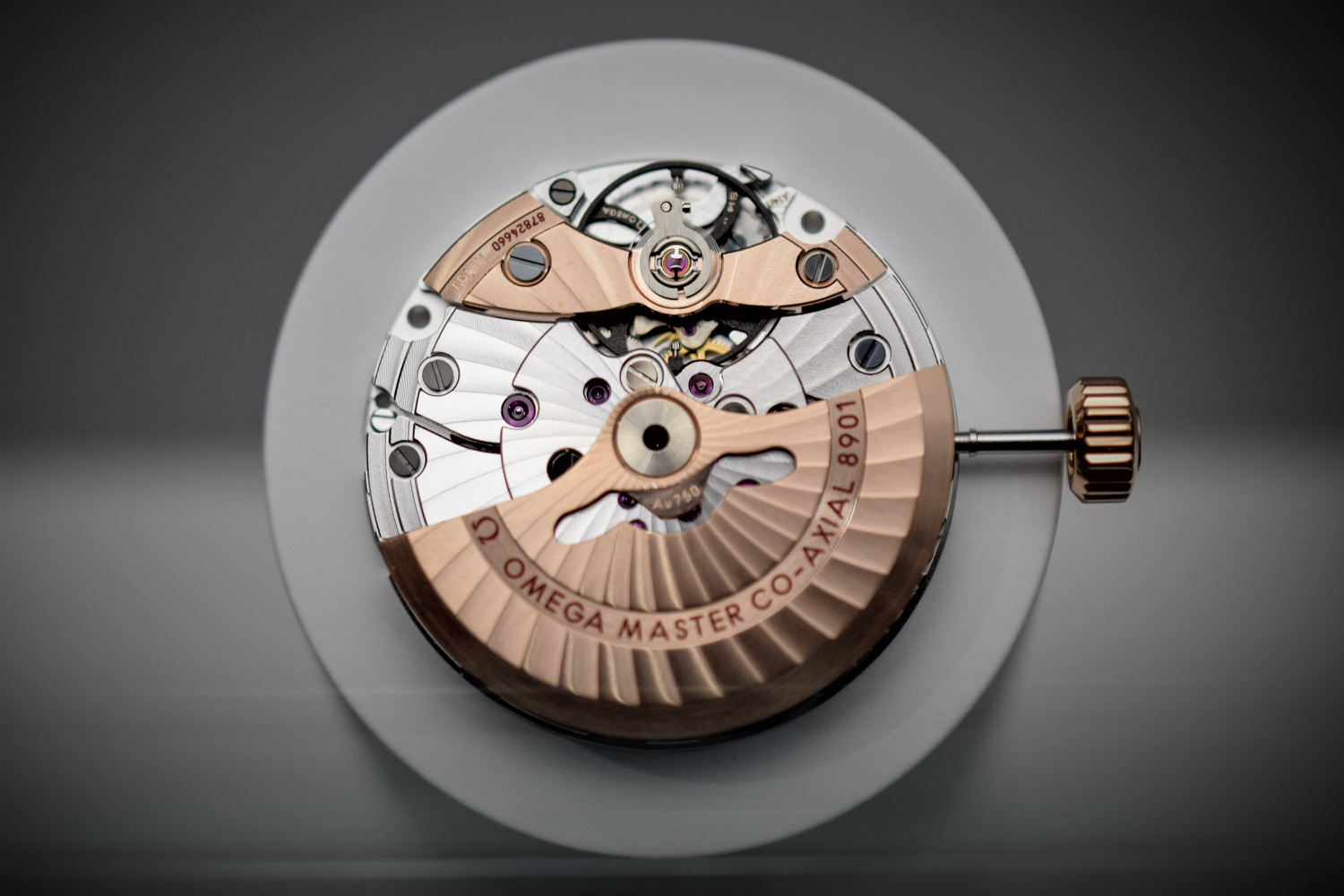
The idea sprouted some 40 years ago in the genius mind of a British master craftsman, who worked his way up to become one of the greatest watchmakers of the 20th century. Following numerous attempts to find an escapement that would perform better than the century-old lever escapement, George Daniels eventually designed the “Co-Axial” escapement. This superlative escapement is now at the heart of the vast majority of Omega’s watches and a key element in meeting the remarkable quality requirements set by the brand, including the Master Chronometer certification.
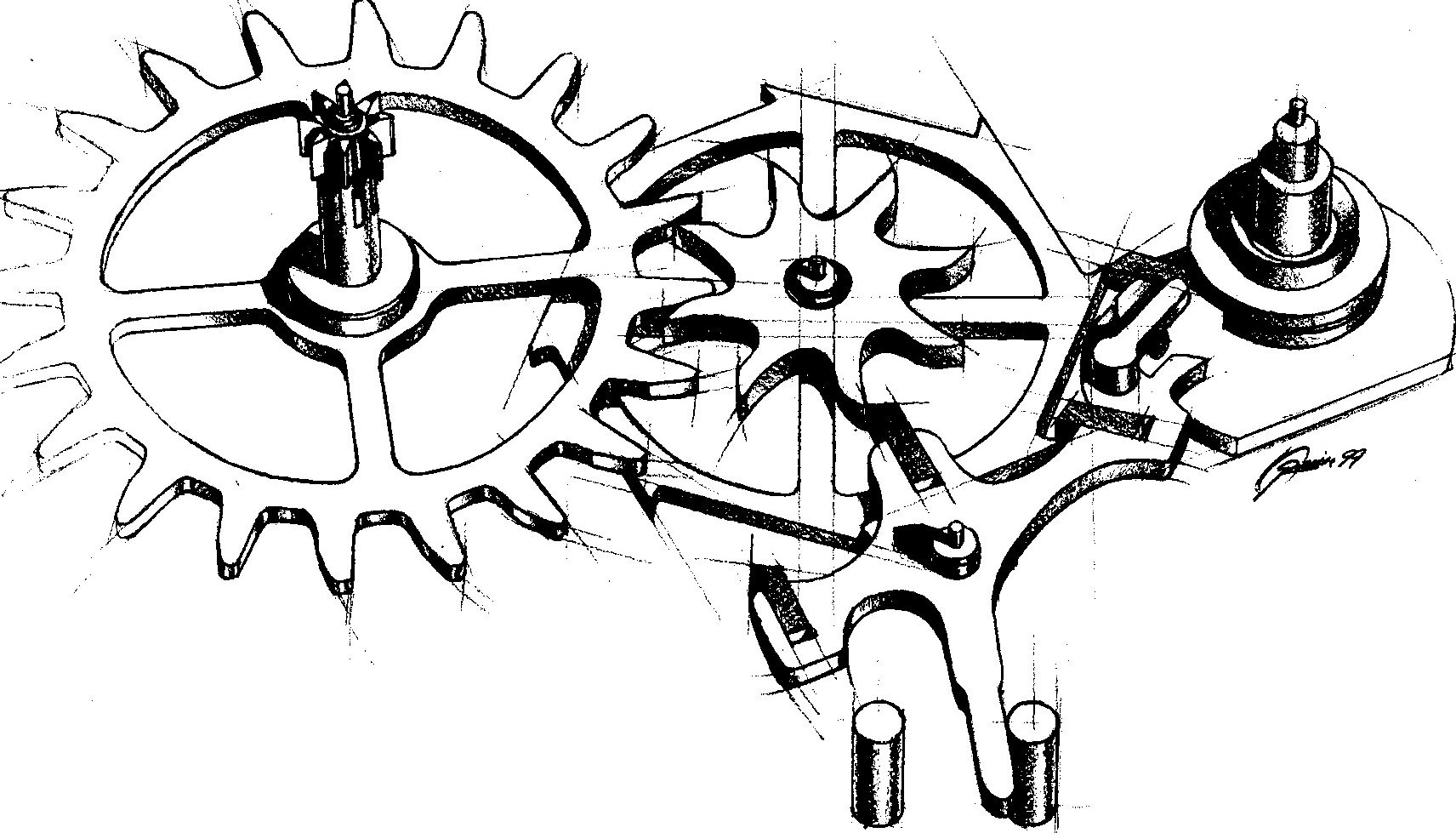
The escapement is without doubt one of the most critical parts of a watch, the brain of the movement if you will, although some consider it the heart. It is the device that determines at what speed the energy from the mainspring is released. It works in conjunction with the oscillator, giving impulses to power it. In return, it is regulated by the oscillator. Its role is critical in the ongoing quest for greater precision, stability and durability of a watch movement.
Above: Co-Axial escapement (left) vs. Swiss lever escapement (right)
The lever escapement, which is used in the vast majority of watches, was invented some 250 years ago by Thomas Mudge. Although it has been adopted universally, it has one fundamental flaw; it requires oil. Its sliding friction makes optimal lubrication crucial, which compromises the stability of the watch rates over time. Over the past several years, the development of new escapements has once again become the new frontier in horological technological breakthroughs – a crowning glory for the most skill-full and innovative watchmakers – take a look at our technical guide focussed on the escapement.
George Daniels’ brainchild
However, this research field really started some 50 years ago, when George Daniels questioned the uncontested preeminence of the lever escapement. After numerous attempts, he successfully developed a superb piece of horological ingenuity, the Co-Axial escapement. Still today, his brainchild is the only other escapement produced at industrial scale, other than the Swiss lever escapement of course.
George Daniels travelled multiple times to Switzerland to present his invention to several brands. At the time, the watch industry was experiencing an authentic revolution with the arrival of electronics and the quartz technology was celebrated as the future of watchmaking. He first presented drawings of his escapements in a pocket watch but without success. Fortunately, Daniels was not one to be easily deterred.
The first application of the Co-Axial escapement into a wristwatch dates back to 1974/1975 when George Daniels hand-produced the components to fit his Co-Axial escapement into the calibre 1045 of his personal Omega Speedmaster Mark 4.5 – a piece of history, now exhibited at the Omega Museum in Biel. He made a second wristwatch prototype (a thinner wristwatch) and he again presented it to several of the most prominent Swiss brands.

Still, it was only in the early 1990s that Daniels would find support and an optimal framework within which to develop and industrialize his escapement with Omega, a brand famed for its unique history and reputation in the field of chronometry. The ultimate determining factor of this success, however, came down to the personal backing of Nicolas G. Hayek, Chairman of Omega’s parent company, the Swatch Group, the Swiss watchmaking industrial powerhouse.
Technical Guide
The Co-Axial escapement functions with a system of three pallets that separate the locking function from the impulse, with the pushing, as opposed to the sliding friction of the lever escapement, resulting in greater mechanical efficiency. The critical virtue of this escapement is the virtual elimination of all sliding friction, theoretically resulting in greater accuracy over time and longer service intervals. The direct impulse to the roller of the balance by the teeth of the escapement wheel means greater mechanical efficiency, hence more stable precision. Watch the following video to get a clear understanding of its function.
The commercial deployment of Co-Axial Escapement
The first movement to be commercialized with the Co-Axial escapement was the calibre 2500, launched on the market in 1999 into a specific watch, the renewed De Ville. Since then, Omega has introduced the Co-Axial escapement into almost the entirety of its collections – with the notable exception of the Speedmaster Moonwatch, which has remained virtually unchanged to the exact standards approved by NASA in 1965, including its movement (calibre 321, later 861 and 1861).
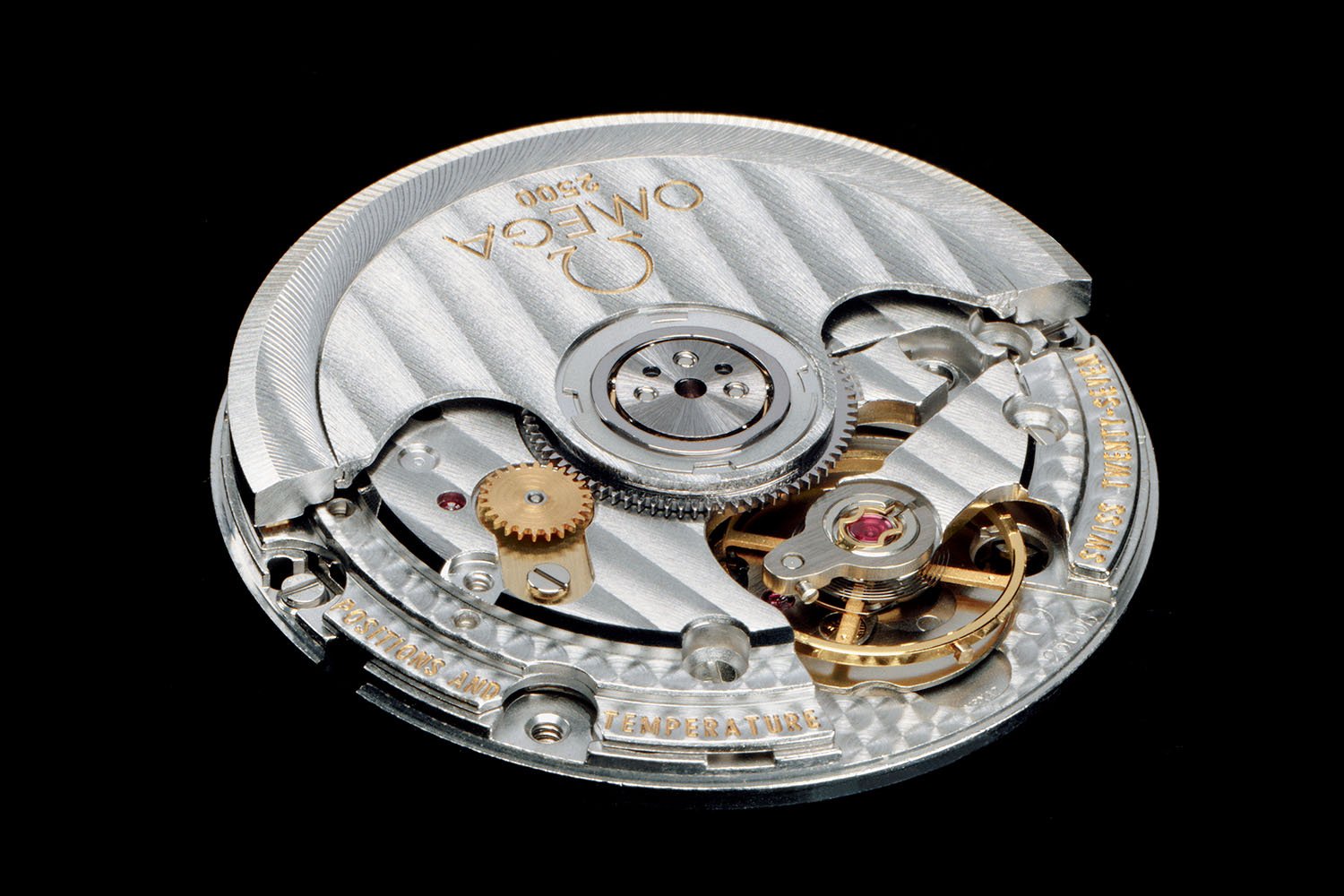
The original calibre 2500 was a modified ETA 2892 fitted with a Co-Axial escapement (still beating at 28,800vibrations/hour), while the Omega Co-Axial chronograph presented in 2003 was based on a Frédéric Piguet movement. Omega soon, however, undertook the development of its own purpose-built calibres to fully optimize the potential of the Co-Axial technology. Among other enhancements, additional space was made for the escapement, to optimize the kinetic chain and introduce some of the latest technological advances from the brand.
Co-Axial 8500/1 series – 2007
- Gent watches.
- Self-winding movement with Co-Axial escapement. Free sprung balance wheel, Si14 silicon hairspring, 2 barrels mounted in series, automatic winding in both directions.
- Diameter : 29.00mm / 13 ‘’’
- Power reserve: 60 hours
- Jewels : 39
- Frequency : 25,200vph
Different movements based on this caliber, in particular: caliber 8508, first Omega caliber certified resistant to magnetic fields greater than 1.5 tesla (15,000 gauss). Caliber 8900/1 Master chronometer with METAS certification.
Note: the Si14 balance spring was introduced in 2008 with the annual calendar and then in 2011 with the 8500/8501.
Co-Axial 8520/1 series – 2008
- Ladies watches.
- Self-winding movement with Co-Axial escapement. Free sprung balance wheel, Si14 silicon hairspring, automatic winding in both directions.
- Diameter : 20 mm / 9’’’
- Power reserve: 50 hours
- Jewels : 28
- Frequency : 25,200vph
Co-Axial 9300/1 series – 2011
- Chronograph
- Self-winding movement with Co-Axial escapement. Free sprung balance wheel, Si14 silicon hairspring, 2 barrels mounted in series, automatic winding in both directions. Column-wheel chronograph with vertical clutch.
- Diameter : 32mm / 14’’’
- Power reserve: 60 hours
- Jewels : 54
- Frequency : 28,800vph
Different movements based on this caliber, in particular: chronograph caliber 9900 with METAS certification (watch our video about Metas here)
Co-Axial 8801/8800 – 2016
- Self-winding movement with Co-Axial escapement. Free sprung balance wheel, Si14 silicon hairspring, automatic winding in both directions.
- Diameter : 26mm / 11.5’’’
- Power reserve: 55 hours
- Jewels : 35
- Frequency : 25,200vph
- METAS certification (watch our video about Metas here)
Co-Axial 3861 – 2019
- Hand-wound chronograph movement with Co-Axial escapement. Free sprung balance wheel, Si14 silicon hairspring – based on the Lemania 1873 and Omega 1861 architecture
- Diameter : 27mm / 12’’’
- Power reserve: 50 hours
- Jewels : 26
- Frequency : 21,600vph
- Master Chronometer certification (watch our video about Metas here)
Interestingly, the movements of the 8500, 8520 and 8800 series run at an unusual frequency (25,200 vibrations/hour) which was determined by Omega to be optimal. So does the calibre 2500, although it was originally introduced with a 28,800 vibrations/hour beat. Finally, the Chronograph 9300 series runs at 28,800 vibrations/hour. Naturally, Co-Axial calibers have been incorporating Omega’s latest technical advances and enhancements as these were introduced.
- Silicon technology – for the balance spring (Si14). The purpose is to take advantage of the amagnetic properties of silicon, as well as its stability and resilience. The precision in manufacturing and the possibility to perfectly shape the geometry of the spring are outstanding.
- Antimagnetic technology – in particular, staff and pivots made of NivaGauss, anti-shock system (Nivachoc) made from anamorphous material, etc.
- Sedna Gold – a new gold alloy that blends gold, copper and palladium and ensures that its rose gold lustre is particularly long-lasting.
- Barrels: the barrels are DLC coated inside to reduced friction.
- Certification: COSC certification (now for all Co-Axial movements). Antimagnetic certification. METAS certification.
The Co-Axial production-line in Villeret reveals a lot about the meticulous obsession with quality at Omega. Forget the charm of the independent watchmaker’s workbench here (which is good thing, as this is naturally not the purpose of a brand such as Omega). State-of-the-art manufacturing technology and processes are used throughout to ensure constant, optimal quality within Omega’s strict tolerances and requirements. The machine park is impressive. So are the manufacturing facilities from which you can tell that performance is really one of the cornerstones of Omega.
This allows Omega to offer an above industry average 5-year warranty on their watches with Co-Axial escapements. Despite the clinical modernity of the production process, the handwork on the movement is substantial. The resulting movement finish is really nice and clean with distinctive features such as the emblematic Geneva waves with arabesque pattern radiating from the centre of the movement, or the gold rotor and full balance bridge on the luxury versions (used for gold/precious metal watches). Superb aesthetics and performance…
Updated 10/04/2020 - addition of the latest movements with co-axial technology

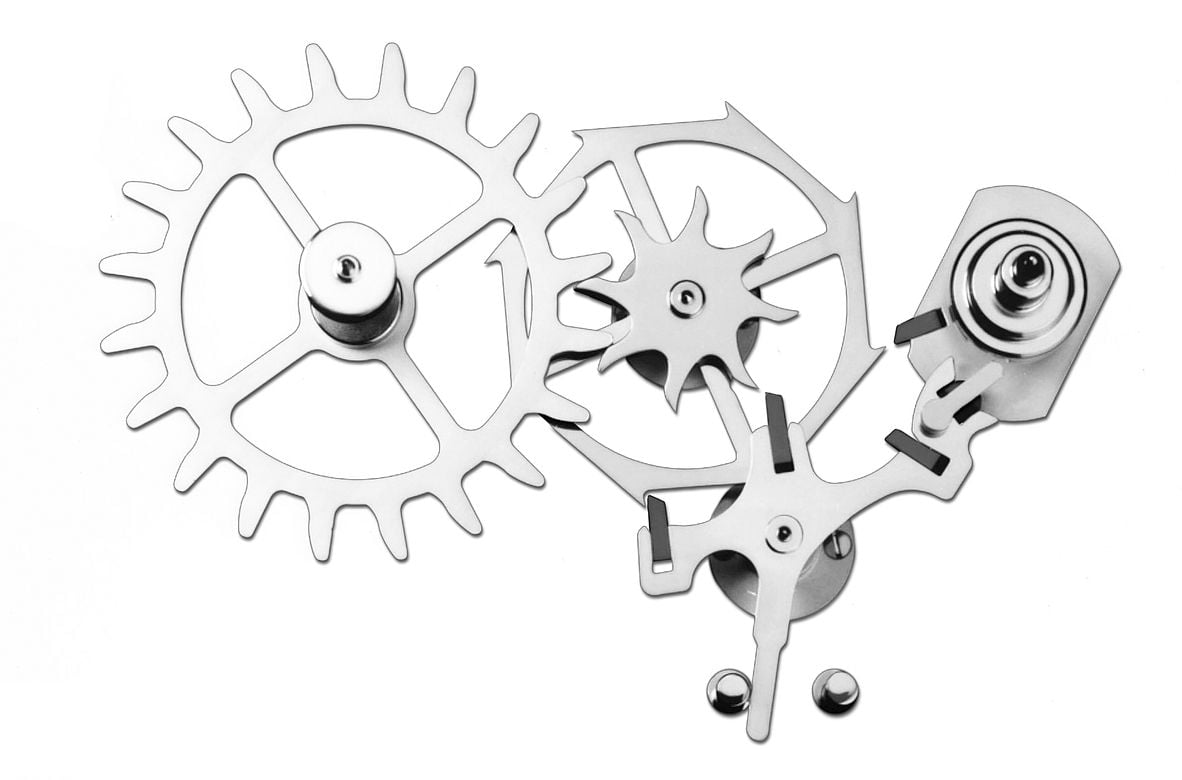
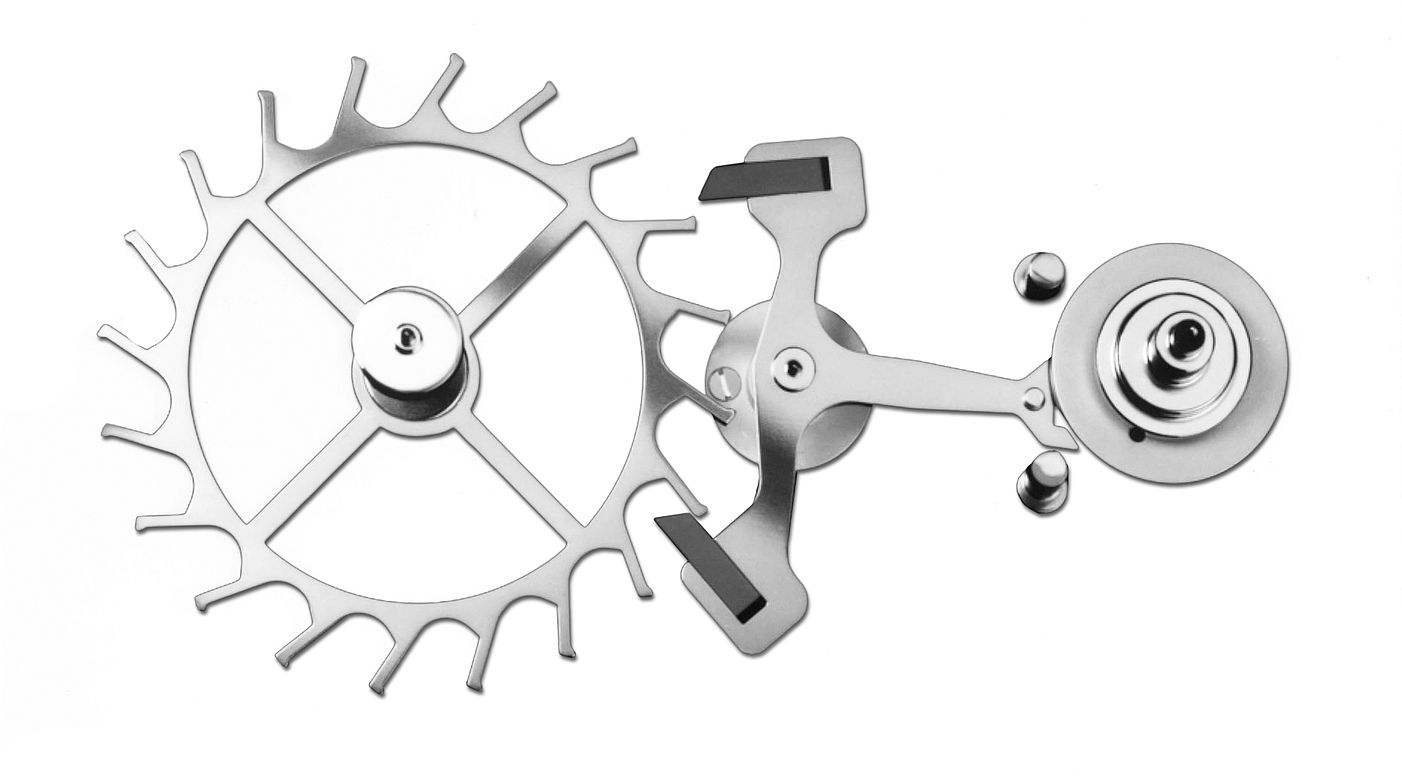

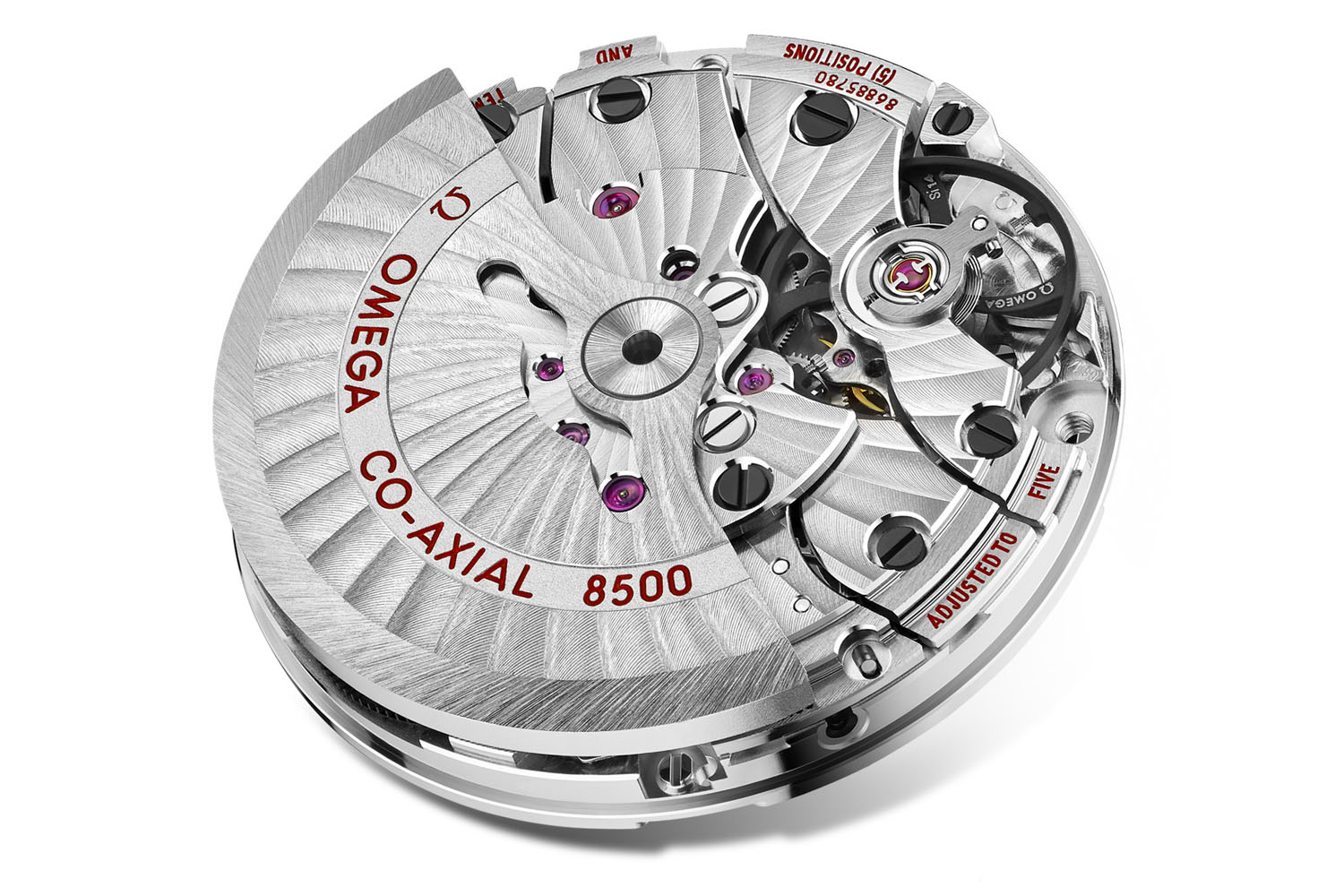
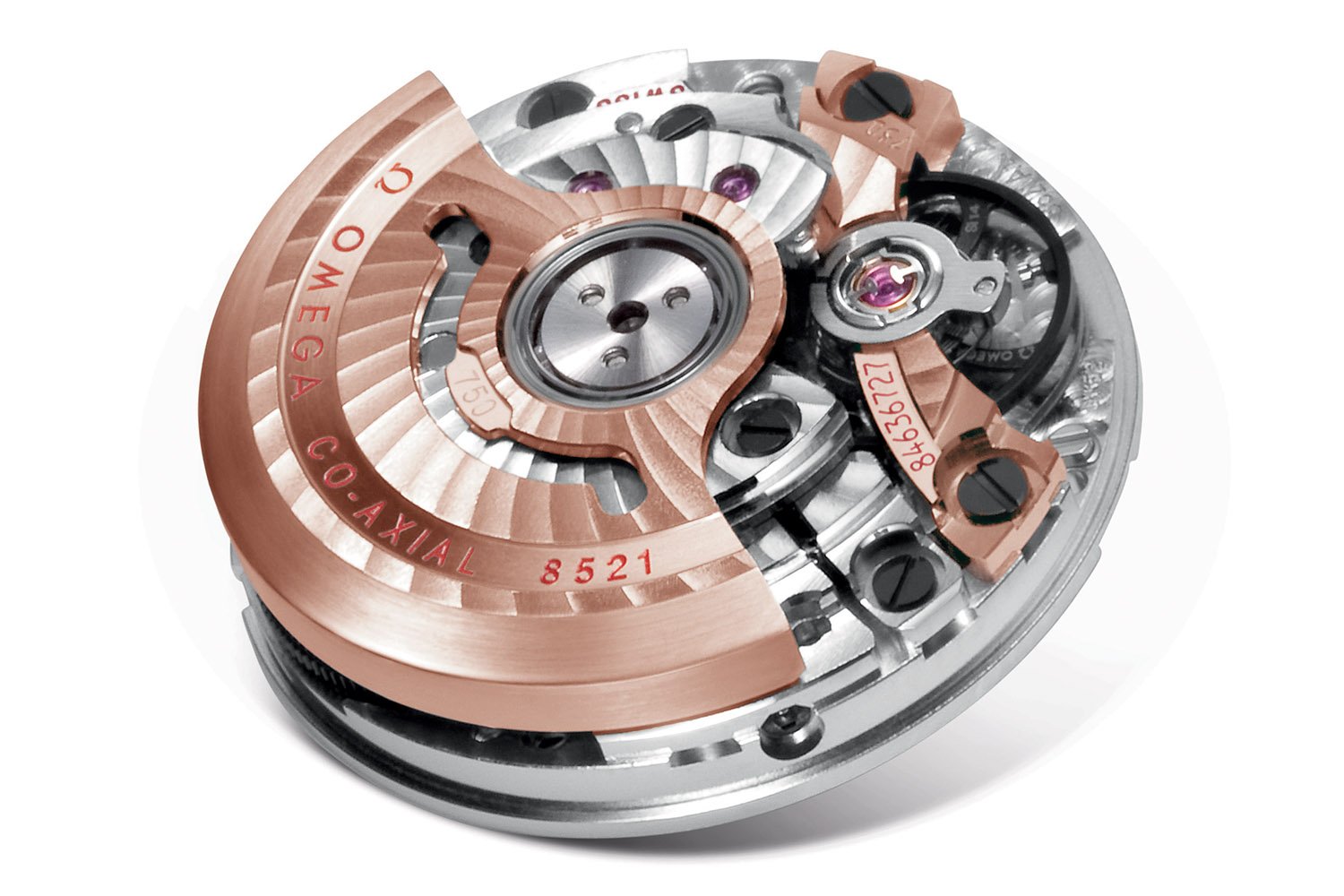
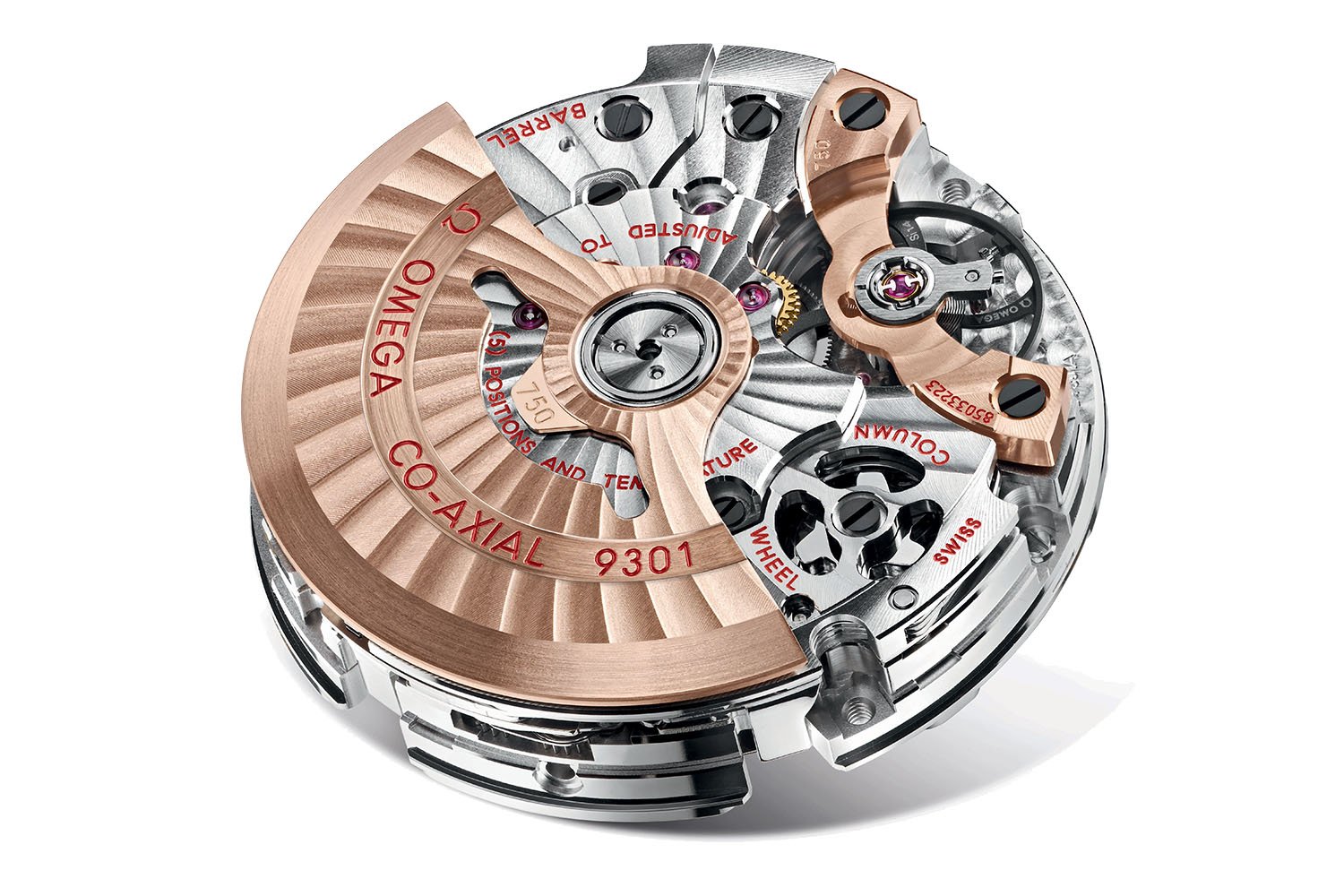


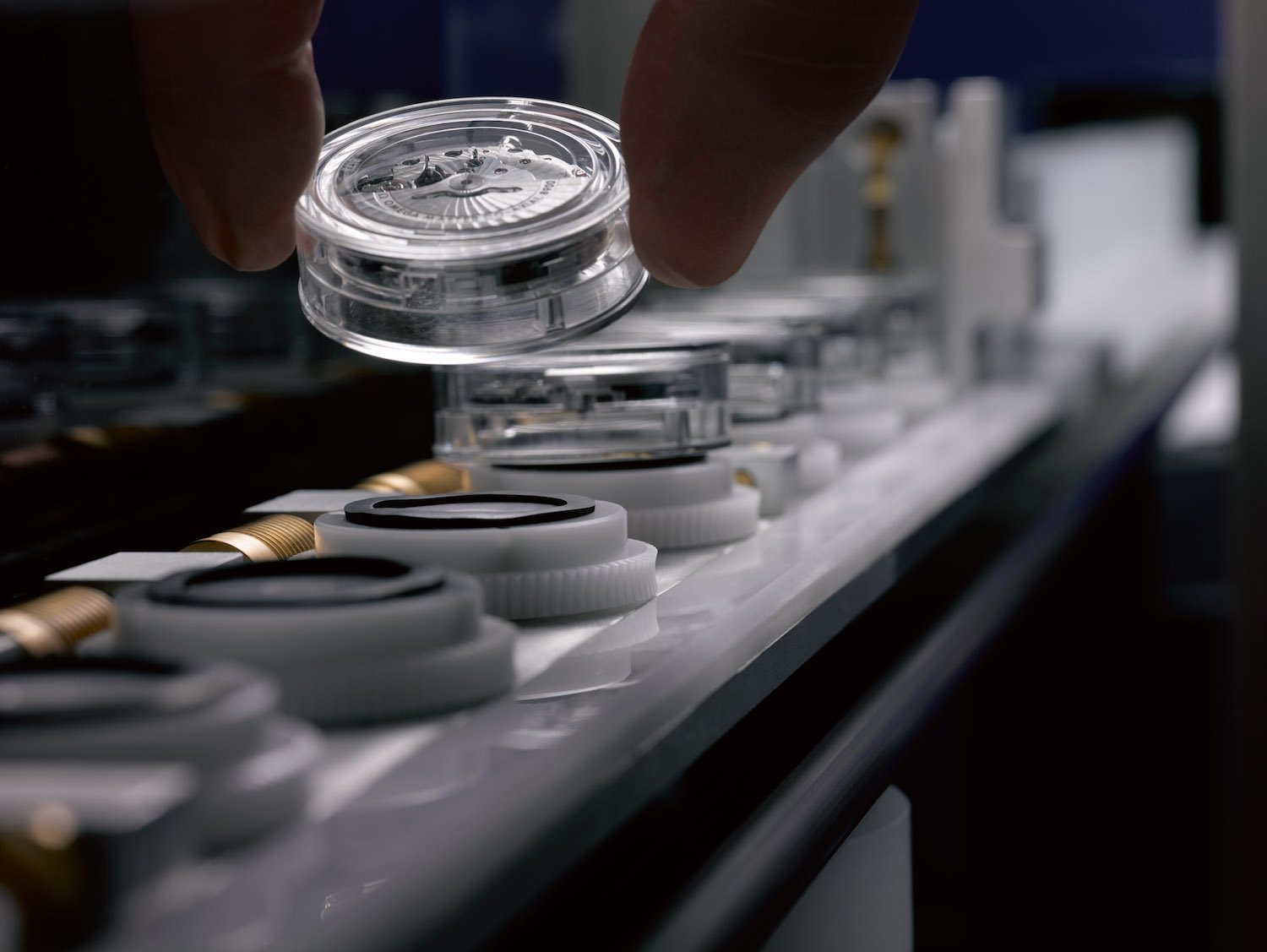
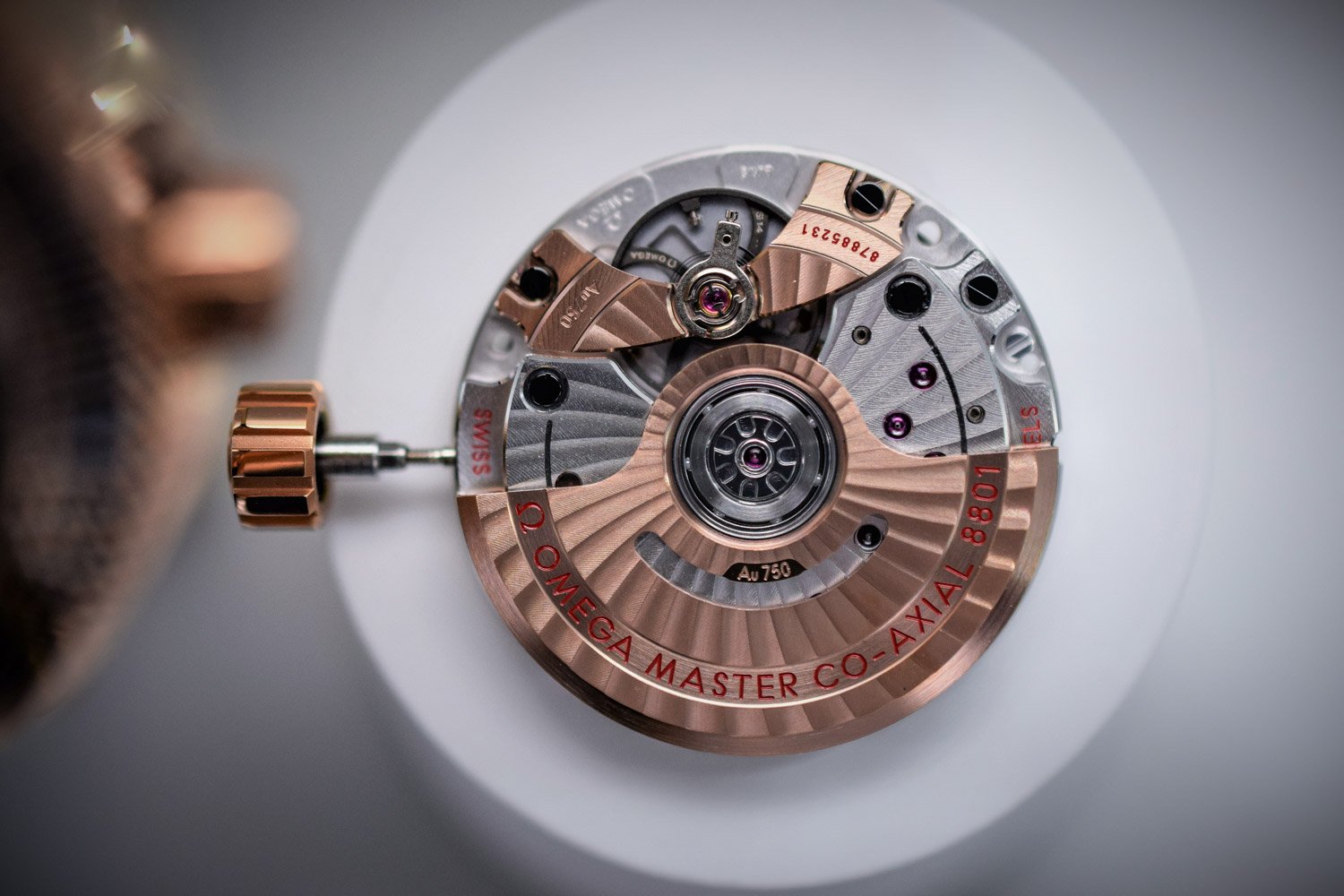
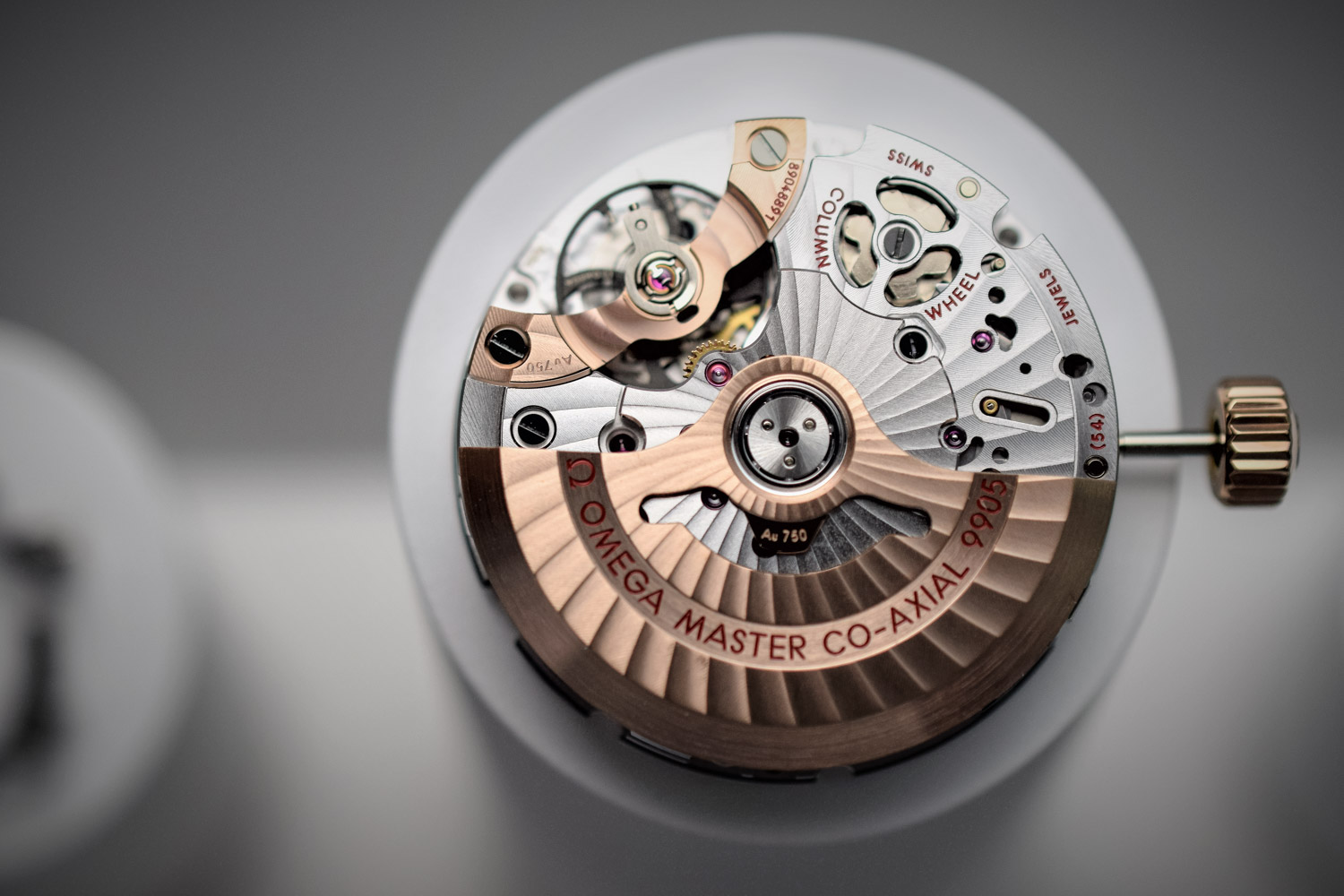



19 responses
Very interesting but I would never send a watch to omega Southampton for a service has mine came back damaged
A truly fabulous piece of kit. Most people could never afford a George Daniels watch but if you are lucky an Omega is possible.
Meh, I’ve never been a fan of Omega’s implementation of a coaxial escapement. Although the escapement avoids sliding friction, the locking mechanism in between impulses involves violent collisions of the sharp edges of the pallet stones with the arms of the middle two wheels. Omega was forced to recommend oiling of the escapement not to reduce friction, but rather as a means of cushioning these severe shocks, which can in turn lead to premature wearing out of critical components of the escapement. Several watch makers have posted photos of these problems developing in Omega watches.
For my dollar, the use of diamond coatings spearheaded by several manufacturers to eliminate friction and the need to oil the Swiss lever escapement is a much more elegant solution. The use of diamond materials to reduce friction also goes all the way back to John Harrison’s Marine Chronometers and is by far the more important technological advance.
Brilliant and informative article.
Many thanks.
Really nice to read, and finally a video to make me understand the workings.
The calibre 8500 was rhe first movement which has the 15000 Gauss function, That was the first anti magnetic movement. The AT had it on the back of the case stated, anti magnetic 15000 Gauss and on the rotor it says 8500
Hope I am allowed to make this comment, but ,Jim ,your best bet is to talk to the people at the Omega Boutique in Oxford Street , London, always found them very professional.
They can carry out pressure tests while you wait, at no charge.
I too had problems with Southamptom.
Brilliant article. Thanks for sharing 👍
Hi Xavier, and thanks for sharing this interesting technical article. Now it’s clearer how the co-axial works.
Good to know the history behind it and how at first step this improvement was not well received by swiss brands.
Regards,
slide68
Great article and very informative – thanks for that interesting read 🙂
The earlier co-axial escapements used by Omega had differing precision problems from manufacturing issues. To a point that 3 of the forks actually missed the pallet stones. The concept and execution has been proven by Daniels and Smith but takes greater precision over conventional escapements.
Who does pay that money for that mechanism ?
is this even serious?
I think it needs some more jewels, in bracelet and so
The 8500 is not 15,000 Gauss ant-magnetic, that came in the later version. At least my PO 8500 with Si-14 isn’t
Might be thinking of the 8508 (that is 15,000 Gauss)
Are there any other movements which offer such anti-magnetic resistance?
May be this article will help: https://monochrome-watches.com/swatch-flymagic-inverted-automatic-movement-and-first-watch-with-nivachron-hairspring-hands-on/
Their service department ruined my MK2 Seedmaster. When I pointed out the badly seated crystal and exposed gaskets they accused me of servicing my own watch and immediately cancelled the service warranty. But kept my money. I was still in goldsmiths having just picked up the watch. Similar stories from other omega owners I have met over the years. I cancelled my order and would never touch the brand again. Not that they care. Dreadful company.
Sounds like a bad experience, James, sorry to read this.
What’s coaxial about it? I understand the movement, but I’ve never understood why it’s called co-axial.